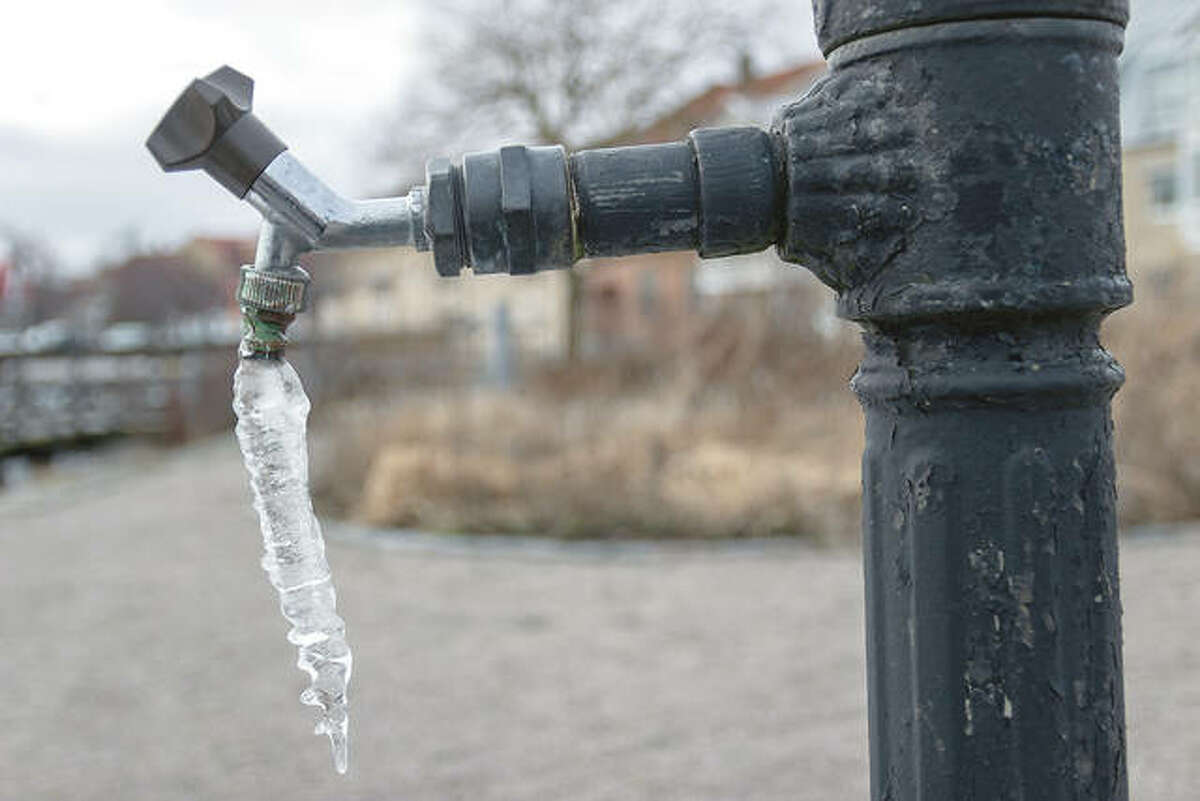Are you currently looking for tips about How to prepare your home plumbing for winter weather?

Winter can damage your pipes, especially by freezing pipes. Here's how to stop it from taking place and what to do if it does.
Introduction
As temperatures decline, the threat of frozen pipes increases, possibly bring about pricey repair work and water damages. Comprehending how to avoid frozen pipes is critical for house owners in cool climates.
Prevention Tips
Protecting at risk pipelines
Cover pipelines in insulation sleeves or use warm tape to shield them from freezing temperature levels. Focus on pipelines in unheated or external areas of the home.
Home heating methods
Keep indoor spaces adequately warmed, especially locations with pipes. Open up cupboard doors to permit warm air to distribute around pipes under sinks.
Just how to determine frozen pipelines
Look for decreased water circulation from faucets, unusual odors or noises from pipelines, and noticeable frost on exposed pipes.
Long-Term Solutions
Structural modifications
Take into consideration rerouting pipelines away from exterior walls or unheated areas. Add extra insulation to attics, basements, and crawl spaces.
Upgrading insulation
Buy top quality insulation for pipes, attics, and wall surfaces. Correct insulation assists preserve constant temperatures and reduces the threat of icy pipes.
Safeguarding Outdoor Pipes
Yard hose pipes and outdoor taps
Detach and drain yard hoses before wintertime. Set up frost-proof spigots or cover outdoor faucets with protected caps.
Recognizing Icy Pipes
What triggers pipes to freeze?
Pipes freeze when subjected to temperature levels listed below 32 ° F (0 ° C) for expanded durations. As water inside the pipelines freezes, it increases, putting pressure on the pipe walls and potentially causing them to break.
Dangers and damages
Frozen pipes can bring about water system disruptions, building damages, and pricey repairs. Burst pipes can flood homes and cause extensive structural damage.
Signs of Frozen Pipes
Determining frozen pipes early can prevent them from breaking.
What to Do If Your Pipelines Freeze
Immediate actions to take
If you think frozen pipelines, maintain faucets open to ease pressure as the ice thaws. Utilize a hairdryer or towels soaked in warm water to thaw pipes slowly.
Verdict
Avoiding icy pipelines needs proactive actions and quick feedbacks. By comprehending the reasons, indications, and safety nets, house owners can protect their plumbing throughout winter.
6 Proven Ways to Prevent Frozen Pipes and Protect Your Home
Disconnect and Drain Garden Hoses
Before winter arrives, start by disconnecting your garden hoses and draining any remaining water. Close the shut-off valves that supply outdoor hose bibs and leave the outdoor faucet open to allow any residual water to drain. For extra protection, consider using faucet covers throughout the colder months. It’s also important to drain water from any sprinkler supply lines following the manufacturer’s directions.
Insulate Exposed Pipes
Insulating your pipes is an effective way to prevent freezing. Pipe insulation is readily available at home improvement stores and is relatively inexpensive. Pay close attention to pipes in unheated areas such as the attic, basement, crawl spaces, or garage. Apply foam insulation generously to create a buffer against the cold. You can also wrap your pipes in heat tape or thermostat-controlled heat cables for added warmth.
Seal Air Leaks
Inspect your home for any cracks or openings that could let in cold air. Seal any holes around the piping in interior or exterior walls, as well as the sill plates where your home rests on its foundation. Additionally, make sure to keep your garage door closed unless you’re entering or exiting. Leaving it open creates a significant air leak that can lead to frozen pipes.
Allow Warm Air Circulation
During cold snaps, it’s essential to allow warm air to circulate evenly throughout your home. Leave interior doors ajar to promote better airflow. Open kitchen and bathroom cabinets to help distribute heat consistently around the rooms. If you have small children or pets, be sure to remove any household chemicals or potentially harmful cleaners from open cabinets for safety.
Let Faucets Drip
A small trickle of water can make a big difference in preventing ice formation inside your pipes. When temperatures drop significantly, start a drip of water from all faucets served by exposed pipes. This continuous flow helps prevent the water from freezing. Additionally, running a few faucets slightly can relieve pressure inside the pipes, reducing the chances of a rupture if the water inside does freeze.
https://choateshvac.com/6-proven-ways-to-prevent-frozen-pipes-and-protect-your-home/

I am just very eager about How To Avoid Freezing Pipes and I'm hoping you enjoyed reading the piece. Make sure you take a moment to promote this page if you enjoyed reading it. I enjoy reading our article about How to prepare your home plumbing for winter weather.
Call Today
Comments on “How to Avoid Frozen Pipes in Cold Weather: Professional Advice”